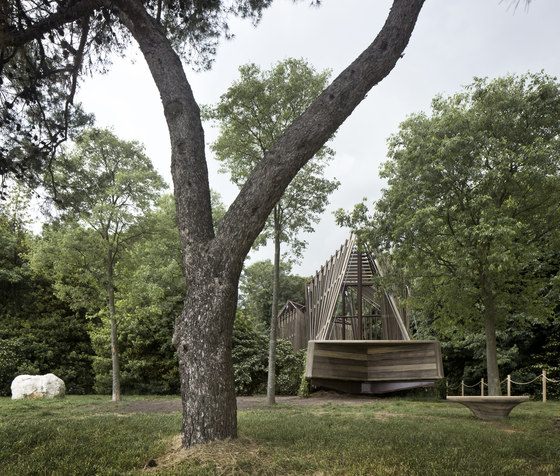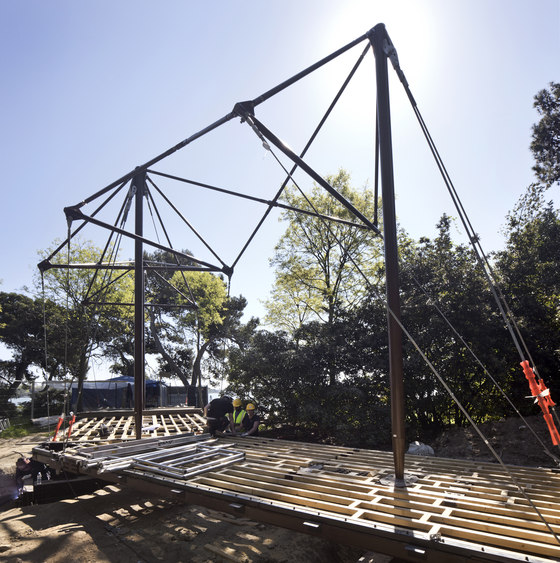


Tecno is one of Italy's most successful furniture companies and is known as a design factory, as confirmed by its new collaboration with Norman Foster.
9. 7. 2018
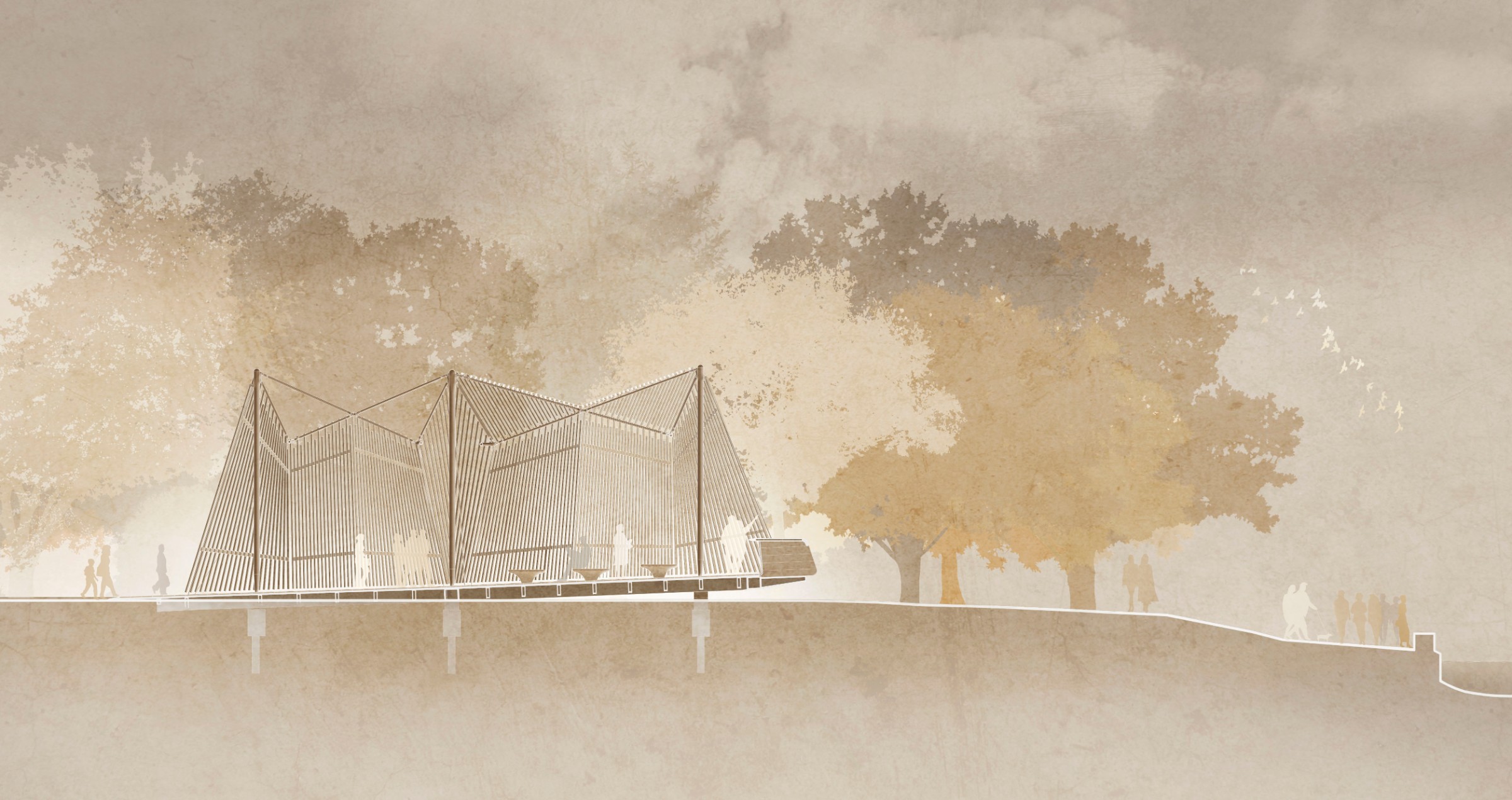
Tecno is the builder of the Chapels designed by Norman Foster within the project Vatican Chapels.
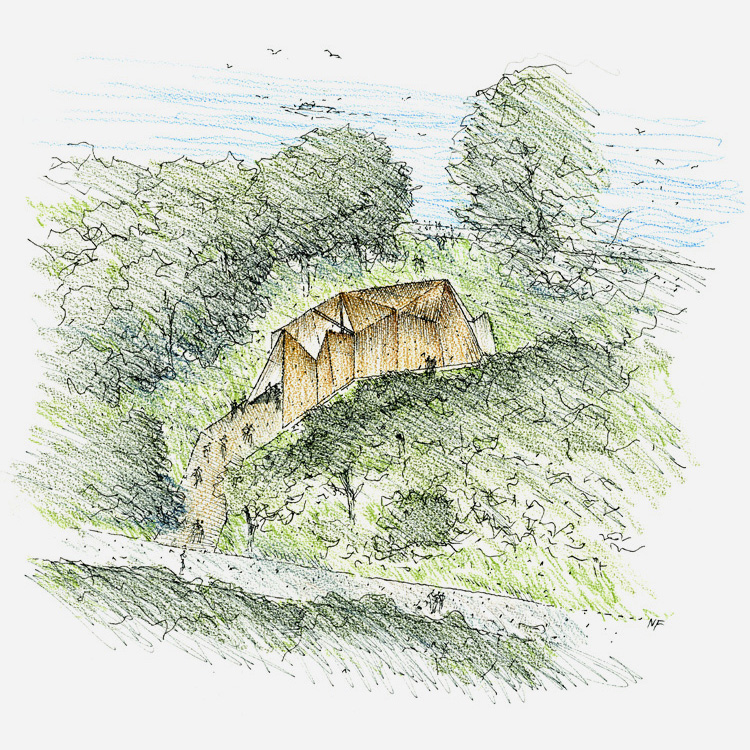
The design concept of the chapel had as its starting point three symbolic crosses and a wooden bridge. Over time the crosses became a tensegrity structure made up of cables and struts, while the casing transformed into a larch wood lattice supported by the structure.
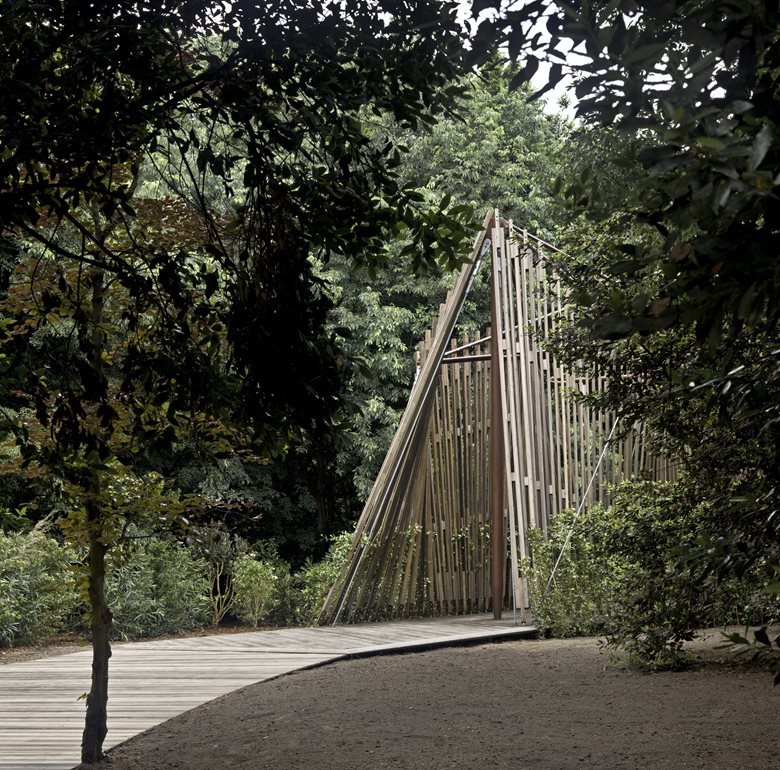
This is the first time in history that Vatican City will attend the Biennale di Architettura di Venezia with its own pavilion, “Vatican Chapels”. The project is curated by Francesco Dal Co and has seen the construction of 10 temporary chapels designed by 10 Architects from all over the world and the Asplund exhibition pavillion.
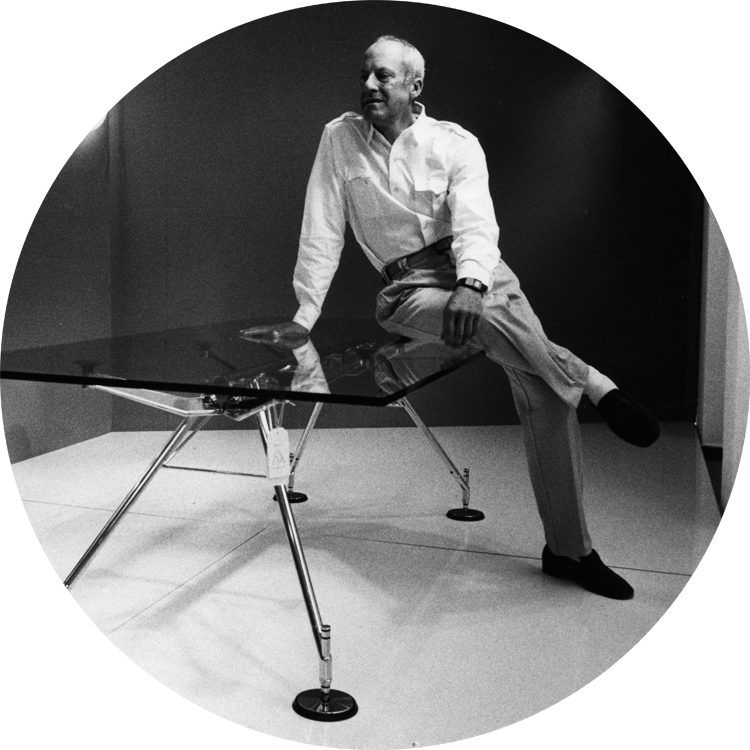
The chapel is a special project that confirms the relationship between Norman Foster and Tecno, a thirty-year collaboration that has led to the development of iconic products like the Nomos table and construction of prestigious interior architecture such as the British Museum in London, Carré d’Art museum in Nîmes, the offices of the premises of Porcelanosa and National Bank of Kuwait.
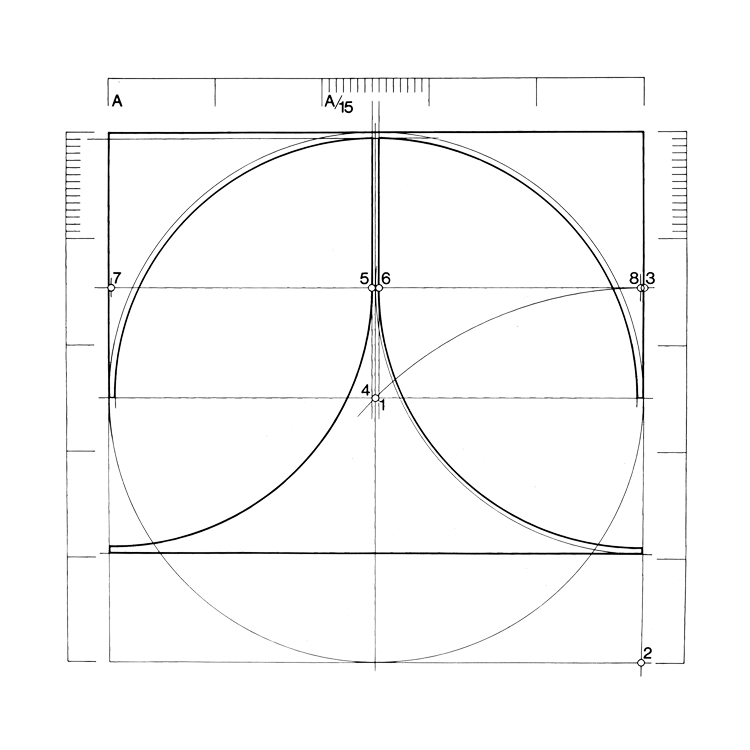
Tecno is a “Design Factory”, able to translate the thinking of architects in an exacting manner, turning it into items or environments. Its know-how on this occasion took on a project on an architectural scale.
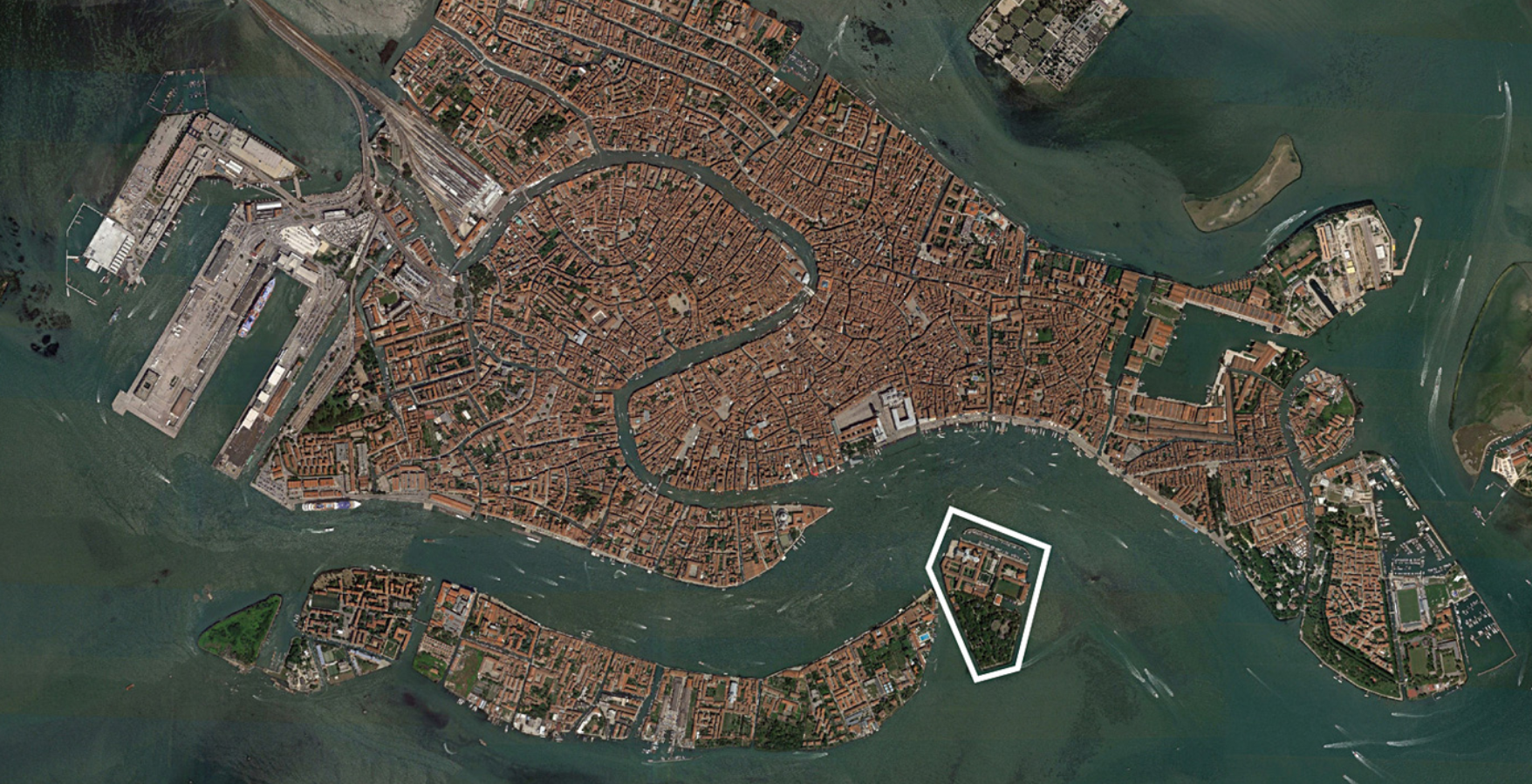
An infrequently visited area on the island of San Giorgio Maggiore in Venice was identified for setting up the Pavilion. Insula Memmia in Roman times, then renamed Isola dei Cipressi (“Cypress Island”), when the first church named San Giorgio Maggiore was built in the 9th century. Since 1560, radically altered by Palladio and those who continued his work, the Island has undergone many transformations in the course of the centuries. After being granted to the Giorgio Cini Foundation in 1951, the Island has undergone a series of extensive restorations (…). The debris that accumulated during the demolitions was tipped into the lagoon and the size of the Island increased significantly.
